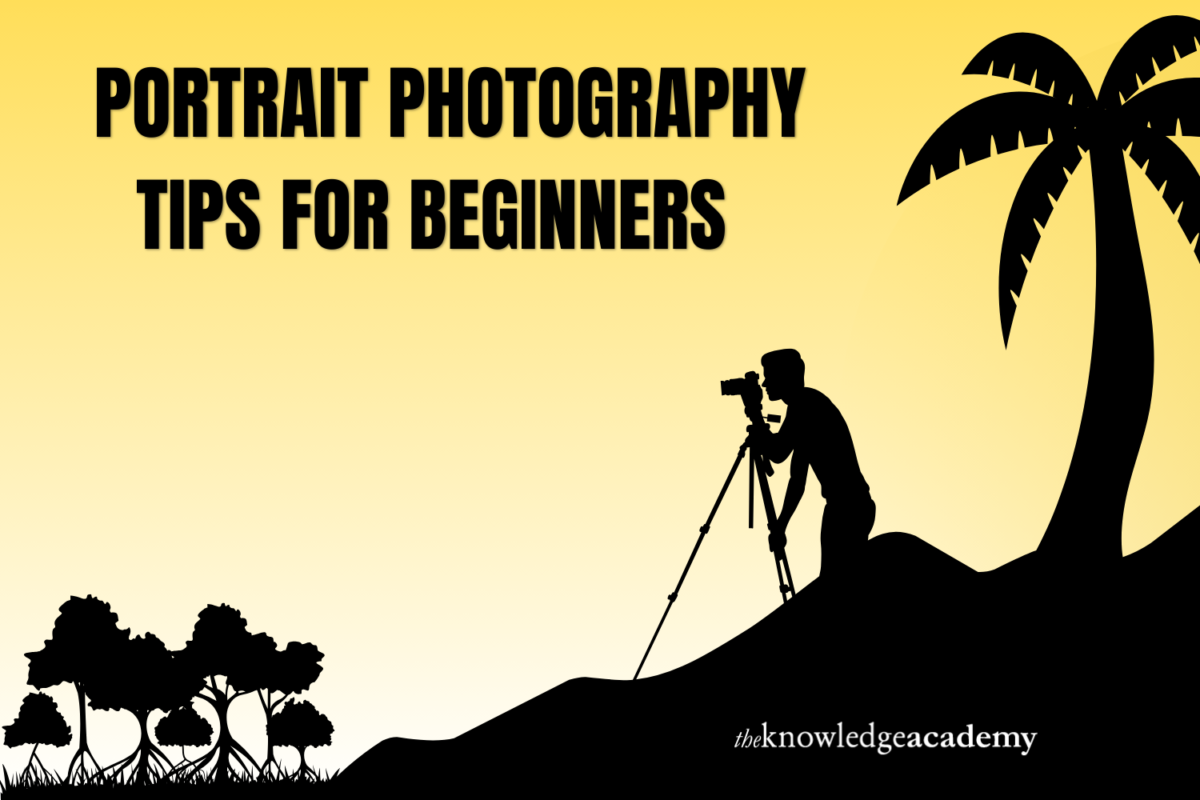A portrait is a form of art that captures the essence of a person, showing their personality and feelings from the image. Often, one might find capturing unique portraits tough, but it’s easy with a few tips and tricks. So, arm yourself with a Photography Course, and you will be capturing expressions and emotions like a pro.
As Burk Uzzle aptly said, ‘Photography is a love affair with life.’ Understanding the nuances and various Types of Photography can significantly enhance the quality of your work, whether you’re an aspiring photographer or a professional. Let’s explore the world of staging, shooting, and editing portraits, along with essential tips and tricks to improve your photography skills.
Table of Contents
- What is Portrait Photography?
- Portrait Photography Tips
- Conclusion
What is Portrait Photography?
Portrait photography is a type of photography that involves creating an image of humans as subjects to capture their personality and identity or even tell a story. It is typically made using calculated lighting and backgrounds, and one of the most important aspects in portrait photography is being able to pose the subject properly while making him or her appear natural and at ease.
If one were to describe it briefly, a portrait is an image of a person. Every picture can be considered a portrait in a large frame with just head and shoulders, waist, or full-length. Whether it’s a stunning landscape with a person visible in the background or a photo of a dog gazing into the camera, all these can be considered portraits.
Portrait Photography Tips
Portrait Photography is about capturing an image that is not only stunning but also a moving portrait underway to evoke feelings in the viewers and capture their attention. Combining the right technique with an artist’s expression results in a great picture. Here are a few tips and strategies that can help you master the art of portrait photography:
Focus on Subject
The subject is the most crucial element in portrait photography. The relationship between the subject and the photographer significantly influences the session’s success. Take the time to communicate with your client before the photoshoot, and if possible, arrange an in-person meeting. This helps you understand your client better and allows them to become familiar with your style and expectations for the shoot.
Find the Perfect Location
Where you shoot the portrait will determine how the results will look extensively. The best results occur when you shoot outdoors and use natural light. Shooting outdoors presents many challenges, such as scheduling your shoot according to the weather and the time of day. The continuously changing lighting and environmental conditions throughout the day can complicate the process.
Portrait Photography Lighting
Lighting is crucial for photographers. Directional lighting can make the subject appear dark if they stand before a light source. In the same vein, having a source of light on the side will make one side of the subject gleam and the other part go into shadows.
Correct Pose
Ensuring your subject’s poses rationally complement the lighting, camera angle, and background is always a fun puzzle. Try different sets of poses and angles to find the best options for your shooting. Once you have found the perfect pose for your subject, you can always make slight changes to get the perfect shot.
Learn to Use Your Camera
Once you begin to grasp even the slight nuances of portrait photography, it is time to move on to a good camera and lens. There is no one best camera to use for portraits because most will take great portraits. It’s just a matter of understanding how best to use it effectively under different lighting and environmental conditions.
The Background Matters
The focus in portrait photography is on the subject model. However, there is more complexity than that. Sometimes, a busy background adds drama to the photograph and helps the subject pop. Plain backgrounds and those with minimal clutter will not distract attention from your chosen subject. Neutral tones with faint patterns usually complement the subject without overpowering it.
Editing and Post-processing
While taking a photograph is undoubtedly essential, a beginner can often underestimate the importance of proper editing and retouching when it comes to professional portrait photography. Appropriate editing techniques created many of the images’ “professional” feel. Editing software may give your photos that extra touch, whether you need to crop off an edge you didn’t want, lighten a shadow that distracts from your subject, or even make some type of change in the background of your shot. Learn about the editing programs and their functions to elevate the art of your portrait photography.
Conclusion
We hope this blog has given you valuable insights and tips for capturing stunning portraits. Remember, there is no single correct way to take a picture. Each image is unique, and the creative process of portrait photography combines art and technique to capture human emotions and expressions beautifully. Consider The Knowledge Academy free resources for portrait photography tips inspire and guide you in mastering the art of stunning portraiture.
